EAM, CMMS, and CAFM are all Facility Management systems that may resemble each other. Because of this, companies are often confused about what systems to choose, and postpone the idea of automation for a long time.
Our TagPoint team decided to change it and share an expert view on the differences between these systems and what may suit your business needs.
Still confused by the term Facility Management (FM), and don't quite understand what it is? Take a look at the post where we explain in detail what FM is, what it does, and how it differs from Property Management.General functionality of Facility Management solutions
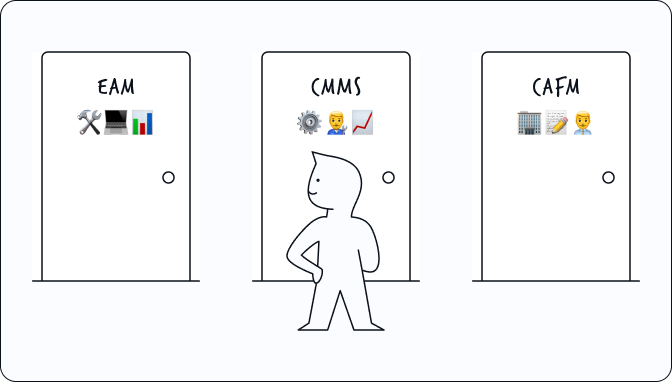 Learning to distinguish between the three solutions
Learning to distinguish between the three solutions
All of the software listed below typically have the following functionality:
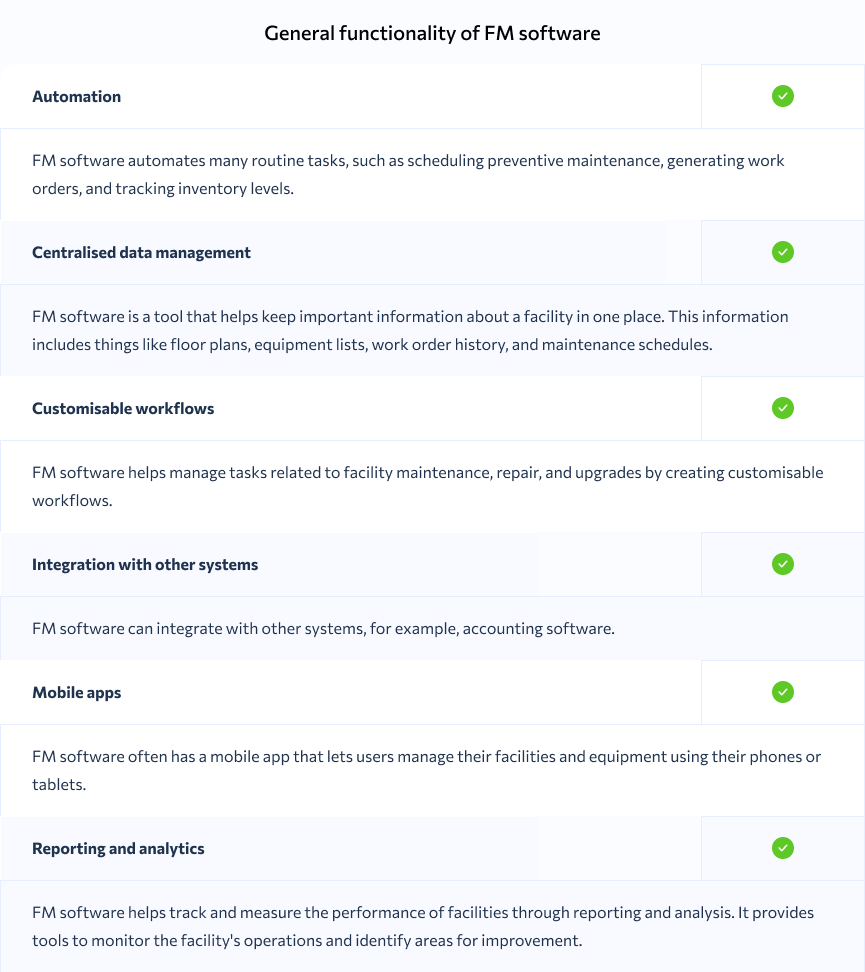 General functionality of FM software
General functionality of FM software
But each system has its own specifics. It’s not always obvious and you need to read a couple of articles, contact the vendor and then make a decision.
"A piece of advice: in case you don't have time to thoroughly compare all the systems, we have provided a short but useful comparison table at the end of the article. Take a look at this table to see which system is best for your business, and read more about it in the article. If you need more information, feel free to contact us. We are happy to help" — Chris Mason, Customer Success Director at TagPoint
EAM: enterprise-level automation
General overview

Case
EAM
Enterprise Asset Management
How it helps
EAM helps organisations manage their assets throughout their lifecycle, from acquisition to disposal
It is a great tool for ensuring health, safety and environmental compliance
EAM helps make data-driven decisions by consolidating and analysing data from various sources
Who can benefit from EAM
This is usually a comprehensive software system designed to help enterprise-level companies manage their assets. Due to it's complexity and high cost, EAM is best suited for large organisations.
What EAM automates
EAM is like a super organised virtual assistant that helps take care of all the processes involved in managing facilities and equipment, such as:
✅ Managing spaces, buildings, and related infrastructure
✅ Taking care of building systems and utilities like plumbing, HVAC, and electrical
✅ Ensuring compliance with building, technical, fire, and safety regulations
✅ Ensuring safe and healthy conditions for occupants and visitors
✅ Performing regular and planned maintenance (PPM) work to keep everything in good condition
✅ Keeping track of resources and inventory related to Facility Management
✅ Managing cleaning and sanitation of facilities
✅ Maintaining positive relationships with tenants and landlords
A simple example of how EAM works
- Facility Manager registers assets in EAM system
- Then they set maintenance schedules based on how important and often they use the asset.
- Maintenance work is organized and assigned to the right people with the right skills and time availability.
- Maintenance personnel fix these assets before they break and keep a record of what they do in the EAM system.
- EAM system tracks maintenance data and gives insights on equipment performance, costs and asset reliability.
- Based on the analysis, the Facility Manager with the help of EAM updates the maintenance plans and makes decisions on whether to repair, replace, or retire assets.
- And then the organisation buys new equipment or parts for maintenance as needed.
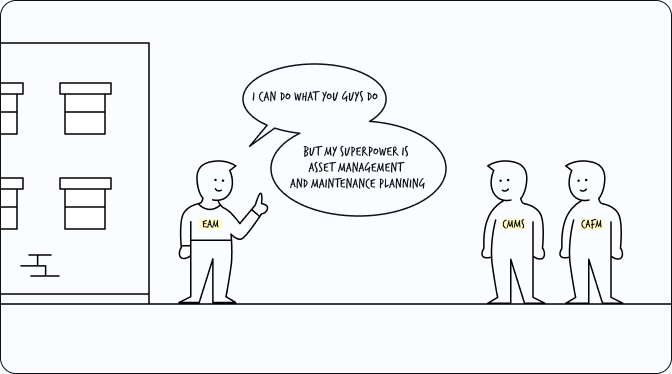 EAM strongest side
EAM strongest side
Who can benefit from EAM
EAM software is typically designed for enterprise-level companies that have a large number of assets and resources to manage.
And also EAM is used in various industries, such as manufacturing, transportation, utilities, and government agencies.
Conclusion
- EAM is a comprehensive software that helps enterprise-level companies manage their assets throughout their lifecycle.
- The system takes care of everything from planning and maintenance to inventory and compliance.
- Due to its complexity and high cost, EAM is best suited for large organisations with a significant number of assets and resources to manage.
- For smaller companies that do not require the full range of EAM features, more flexible and affordable solutions may be a better option.
CMMS: automating the service and maintenance
General overview

Case
CMMS
Computerised Maintenance Management System
How it helps
CMMS helps organisations manage maintenance tasks, work orders, and asset records
These solutions are easy to implement, a user requires basic technical knowledge
This tool helps build loyalty and make interactions more comfortable for everyone
Who can benefit from CMMS
CMMS is helpful for companies that want to automate maintenance tasks, improve customer loyalty or monitor the performance of their teams. For example: commercial and residential real estate, business centres, in-house offices, warehouses, co-working spaces and hotels.
How it works
At a management company, some tasks require physical presence and can be pretty complex.
For instance, when an occupant reports an issue, the request gets sent to the right person.
And then the employee on-site may realise that they need help from other specialists to solve the problem. They can easily communicate via CMMS.
Meanwhile, managers can monitor performance and the system's analytics can help identify and solve any problems along the way.
In TagPoint, it basically works like this:
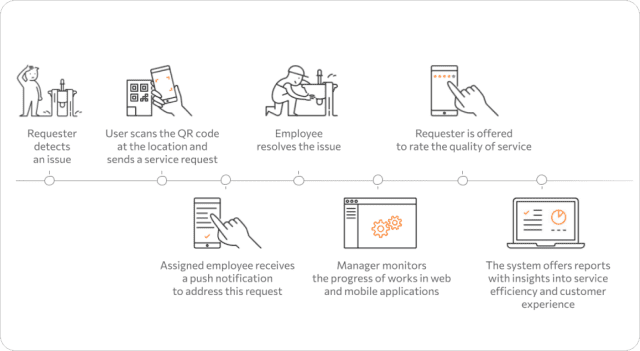 How CMMS works based on TagPoint example
How CMMS works based on TagPoint example
With CMMS, requesters can see the solution to their problem without having to deal with any technicalities. This can help build loyalty and make interactions more comfortable for everyone. — Chris Mason, Customer Success Director at TagPoint
With CMMS, organisations can do more than just respond to tenants requests. They can proactively plan maintenance and scheduled walkarounds to prevent issues before they even happen. The system takes care of everything, so they can focus on keeping things running smoothly.
What CMMS automates
CMMS is like a super smart Maintenance Manager helping to streamline and automate work processes.
The following is a list of routine tasks that are typically automated by CMMS. But to illustrate this, we will use screenshots from TagPoint.
- Preventive maintenance scheduling
By using CMMS systems, organisations can schedule preventive maintenance (PPM) tasks. This helps reduce the risk of equipment failure and downtime.
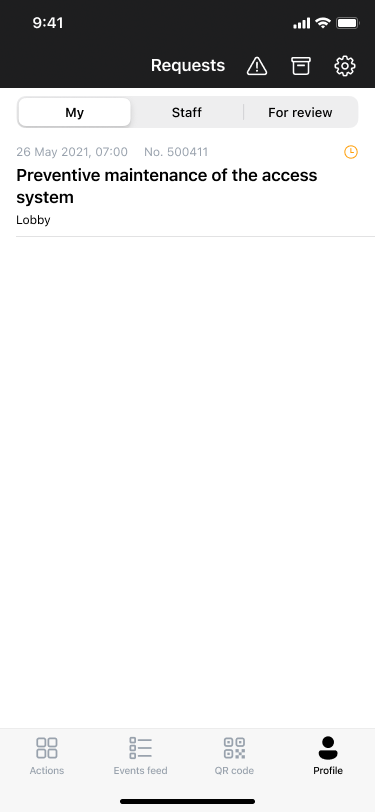
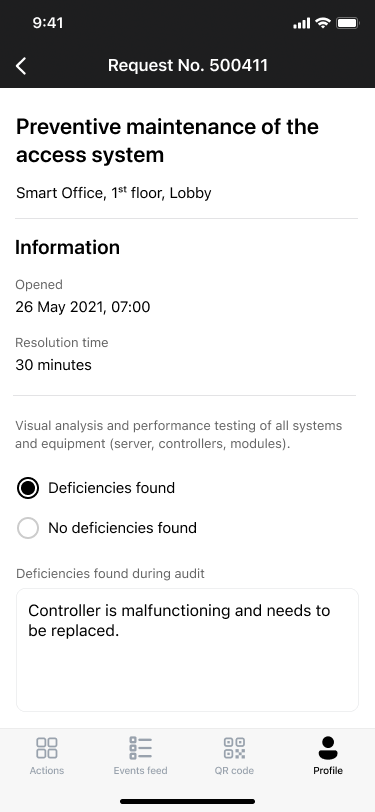
Preventive maintenance scheduling in CMMS based on TagPoint example
- Work order management
Users of CMMS systems can create, assign, and track work orders.
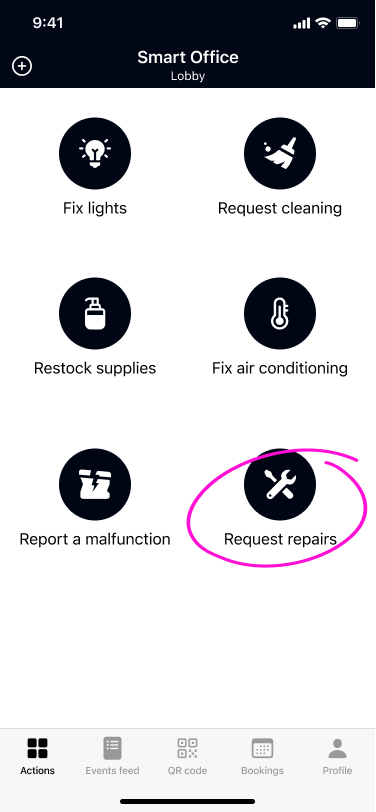
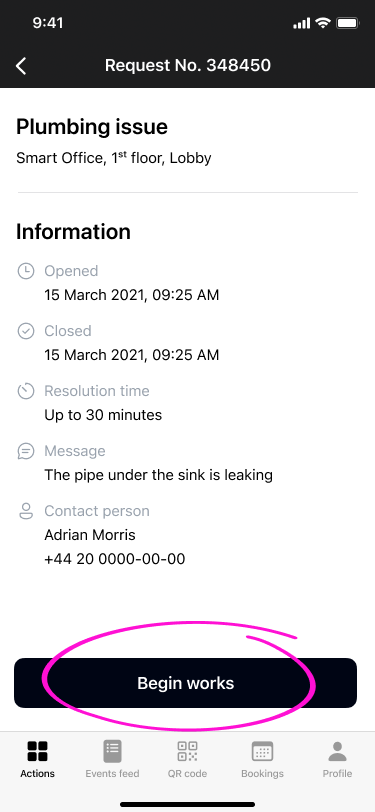
Work order management in CMMS based on TagPoint example
- Asset inventory
A CMMS system tracks asset information, like where it is, how it's doing, and what maintenance it's had. It can also keep track of what parts and supplies are needed. This will allow those in charge to replenish stocks on time.
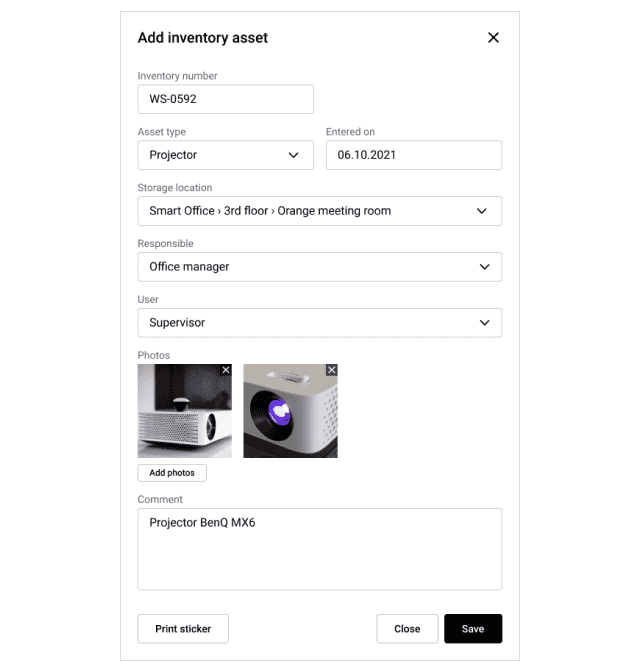 Object information in CMMS based on TagPoint example
Object information in CMMS based on TagPoint example
- Reporting and analysis
CMMS systems can generate reports on maintenance activities, equipment downtime, and costs, providing valuable insights into maintenance operations and helping organisations make data-driven decisions.
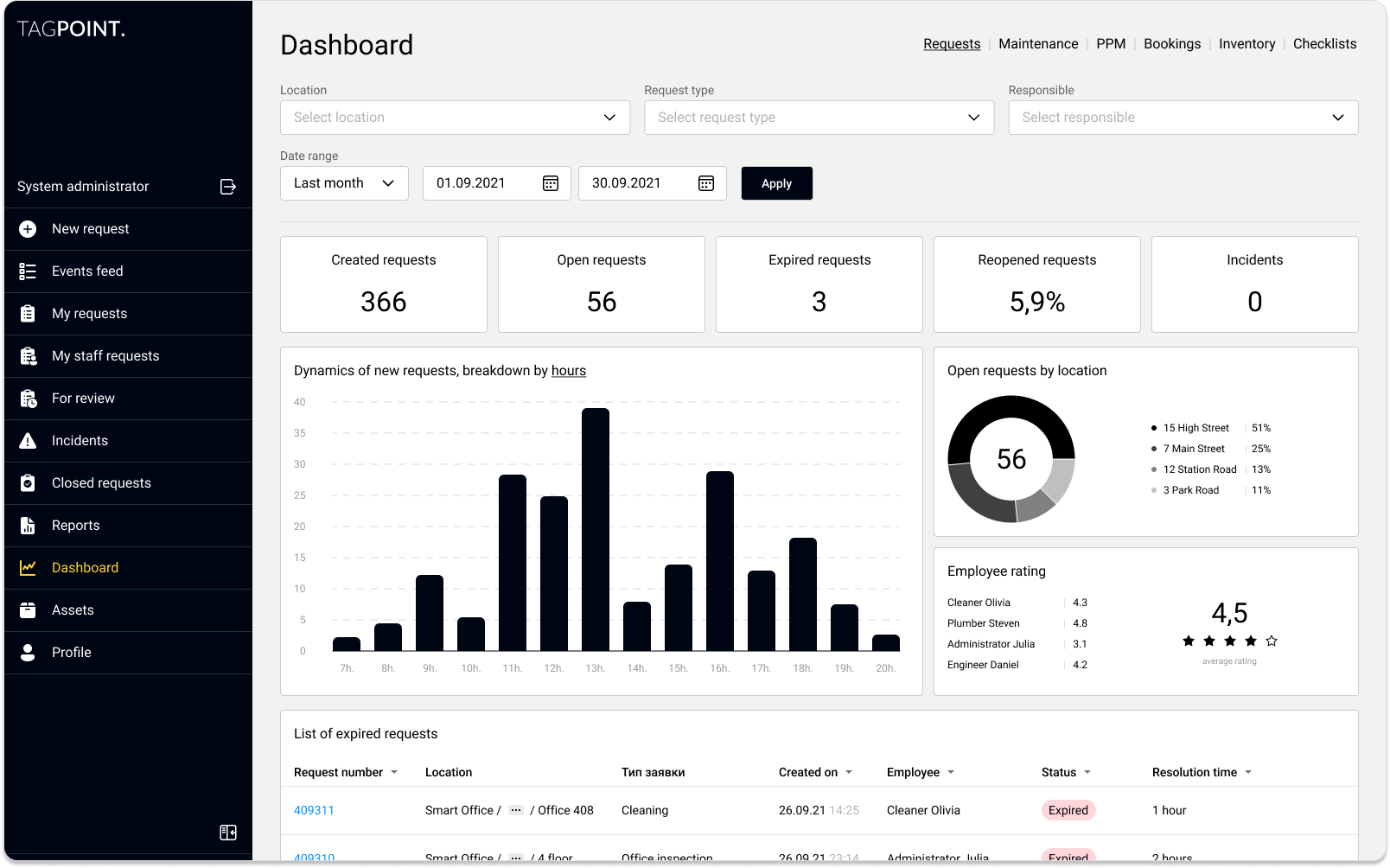 CMMS analytics based on TagPoint example
CMMS analytics based on TagPoint example
Who can benefit from CMMS
CMMS is a helpful tool for companies that want to automate maintenance tasks, improve customer satisfaction, and monitor how efficient their team is.
For example: commercial and residential real estate, business centers, in-house offices, warehouses, co-working spaces and hotels.
Conclusion
CMMS is a complex solution for automating business processes. Such systems help to:
- Execute service and maintenance schedules for premises.
- Oversee the work of employees.
- Quickly respond to service requests and complaints from tenants and guests.
- Improve the quality of service and loyalty of tenants, guests and residents
Easy-to-use app for facility managers
Future-ready way to digitalise your service requests, coordinate your teams and continuously improve.CAFM
General overview

Case
CAFM
Computer-Aided Facility Management Software
How it helps
CAFM helps organisations optimise their use of space and identify areas for improvement
It is a great tool for Resource Scheduling based on availability and demand
These solutions are easy to implement (same as CMMS), a user requires basic technical knowledge
Who can benefit from CMMS
CAFM is useful for wide range of organisations. For example: Educational institutions, Healthcare facilities and Government agencies.
What CAFM automates
CAFM systems are similar to CMMS, but have a different focus. It’s like an extremely helpful digital Facility Manager for tasks like space allocation, moving management, and facility maintenance.
- Space management
CAFM automates the management of space and facilities, including tracking room usage, occupancy rates, and space allocation.
- Asset management
CAFM helps organisations manage assets throughout their entire lifecycle, from acquisition to disposal.
- Maintenance management
CAFM helps organisations automate maintenance management by creating, scheduling, and tracking work orders, ensuring that maintenance tasks are completed within budget and on time.
- Reporting and analysis
CAFM systems generate reports on facility usage, maintenance activities, and resource utilisation. Organisations can then use this data to make informed decisions and optimise operational efficiency.
A simple example of how CAFM works
The core workflow of CAFM may be similar to CMMS, which is:
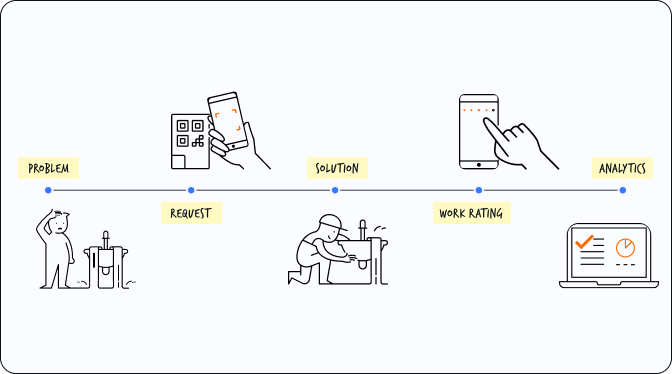 How CAFM works
How CAFM works
But there is a key difference: CAFM is primarily focused on space management and planning.
Let's see how this space management feature is implemented in the CAFM workflow:
- Facility Manager receives a request for a workspace change or allocation.
- Then they access the CAFM system to view the current floor plans and space allocation. With CAFM, the Facility Manager can easily determine the best use of available space for a request.
- They create a work order and CAFM assigns it to the right personnel.
- The personnel receive the work order via CAFM.
- As the work is completed, the manager can review it and track its quality.
- CAFM also offers insights into occupancy rates, space utilisation, and costs, which can help the manager plan future space allocation
Who can benefit from CAFM
CAFM can benefit a wide range of organisations that have facilities or assets to manage, such as: Facilities Management companies, Educational institutions, Healthcare facilities and Government agencies.
Conclusion
CAFM is ideal for organisations with multiple facilities or properties, as it offers space management and multi-source service request capabilities. For example: manufacturing plants, healthcare facilities or transportation.
Comparison table
We have created a comparison table of 4 main points. This way you can quickly learn the differences between the systems and choose the one that best suits your business.
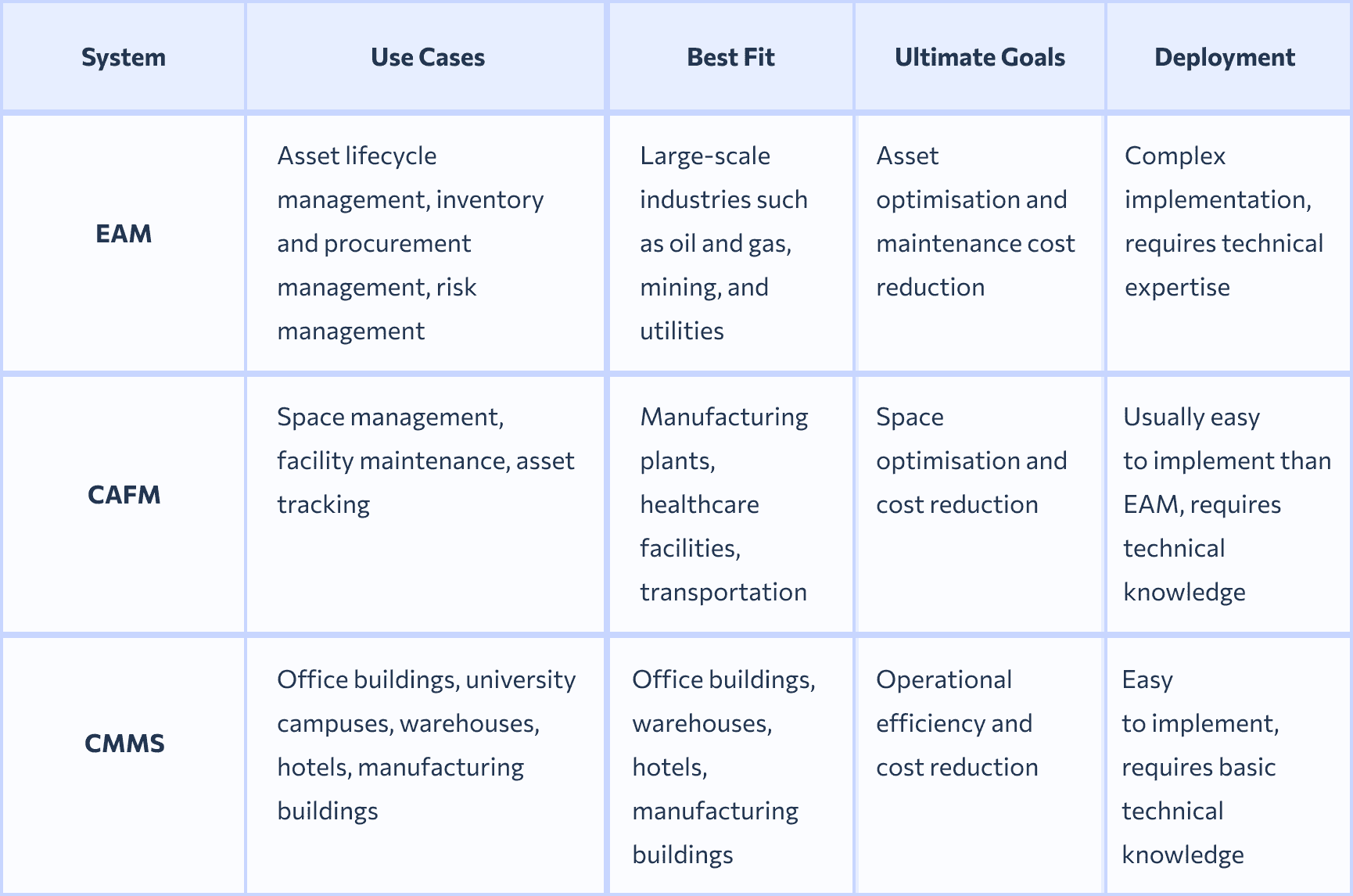 Compare Facility Management systems: EAM, CMMS and CAFM
Compare Facility Management systems: EAM, CMMS and CAFM
Note: these are generally accepted differences, and the information may vary depending on the specific features and capabilities of each software.
If you're still unsure about the differences between these facility management IT automation solutions, don't hesitate and get in touch with us.
We understand how confusing it can be to navigate the IT market and we're always happy to offer our expert advice. Just reach out and we'll be there to help!




